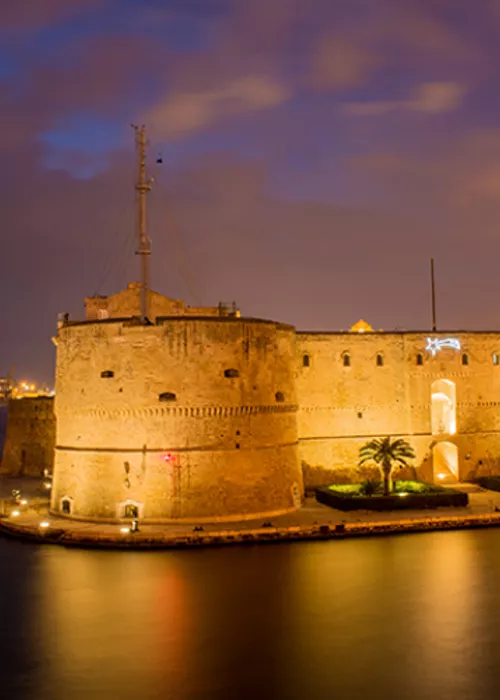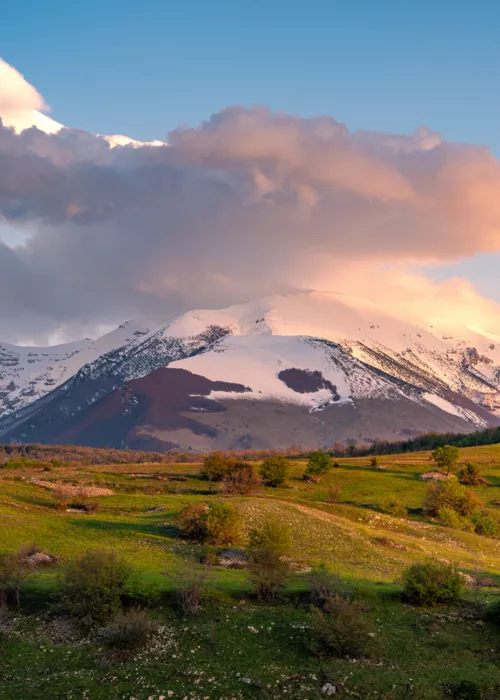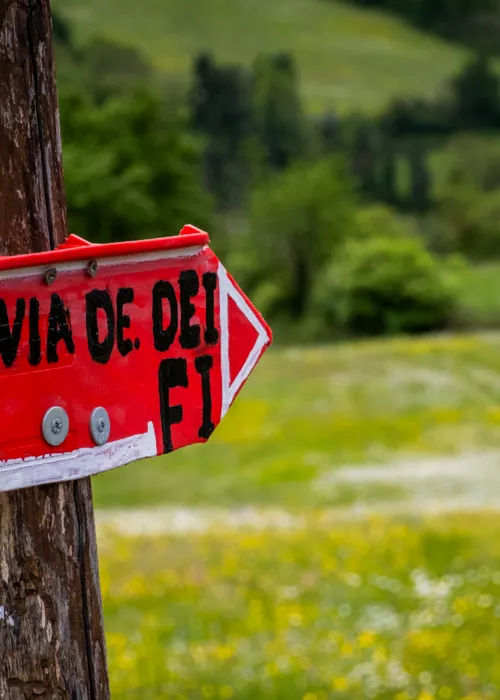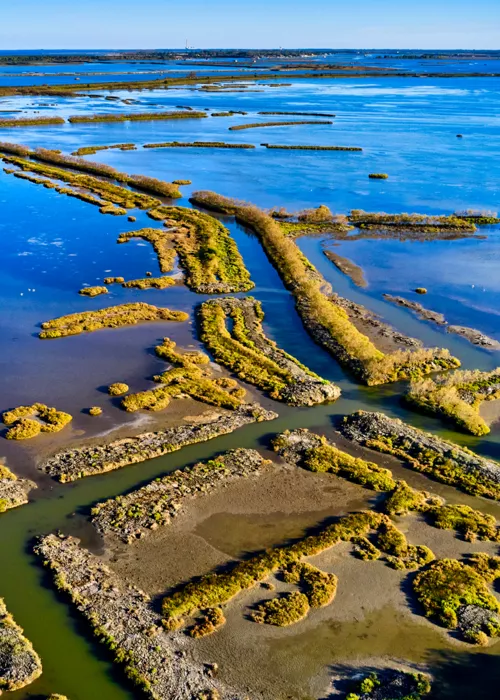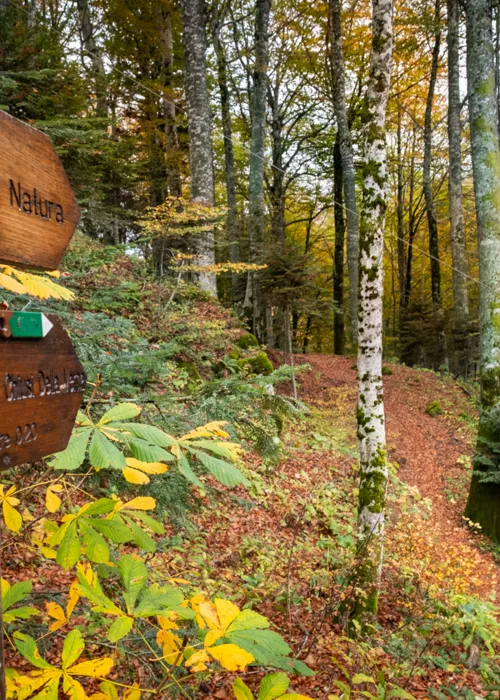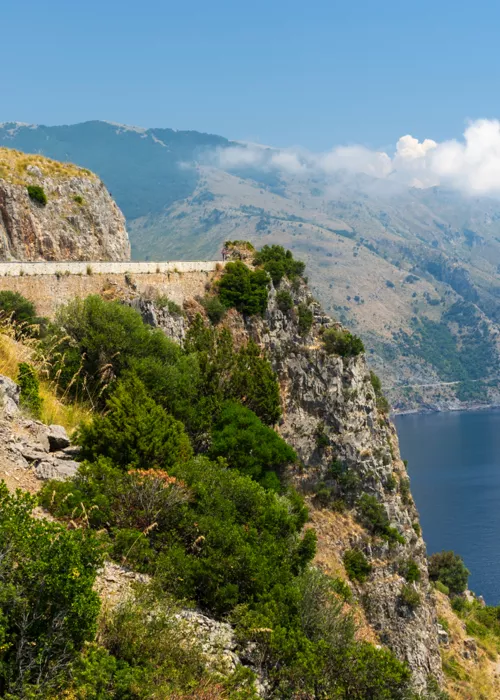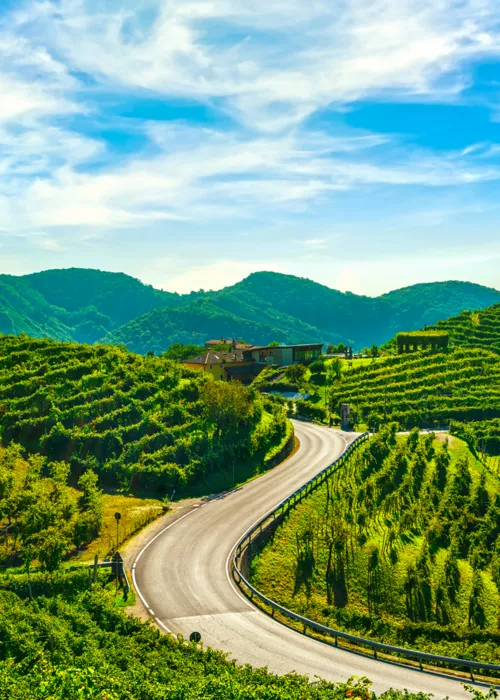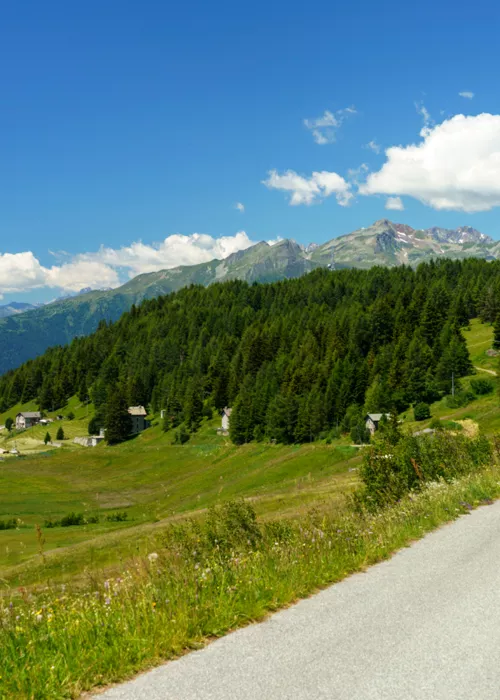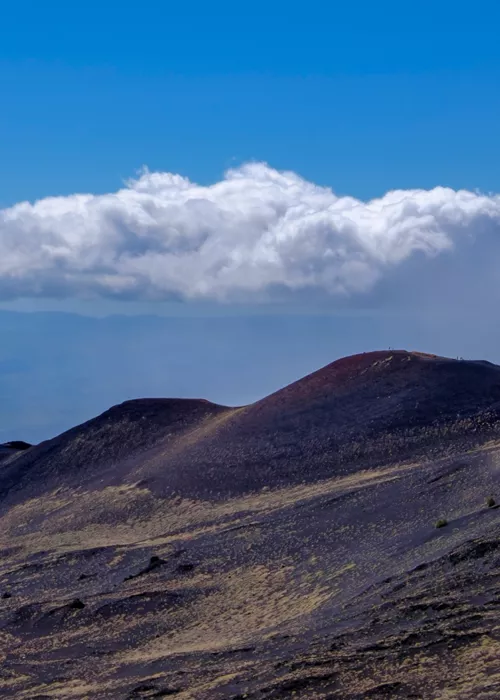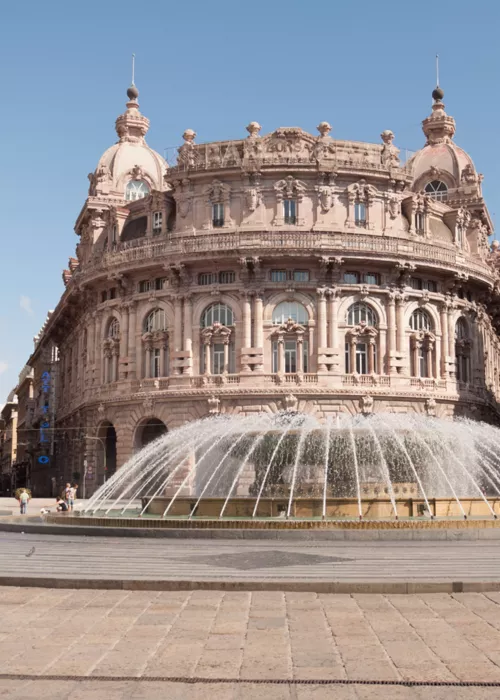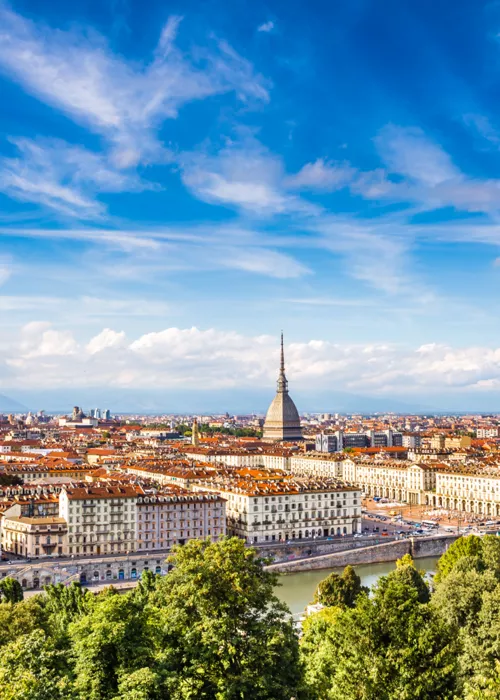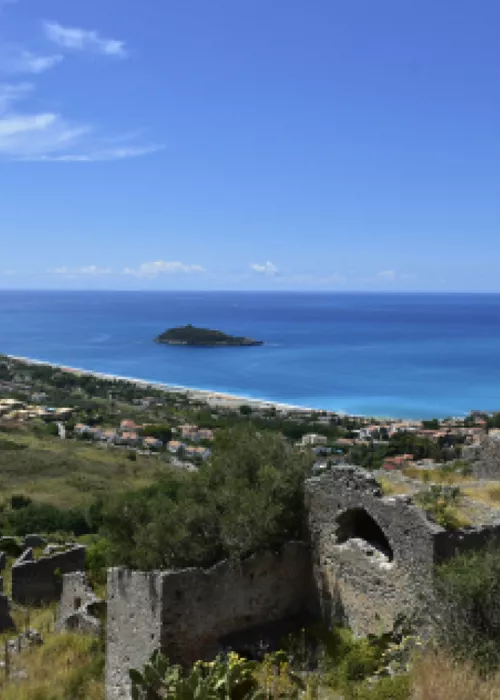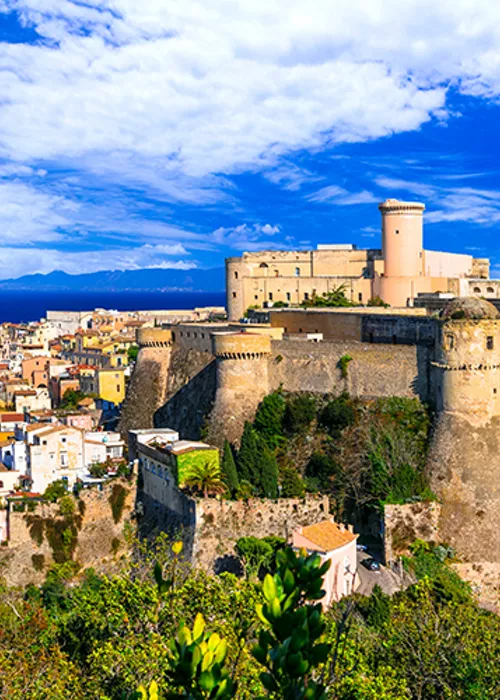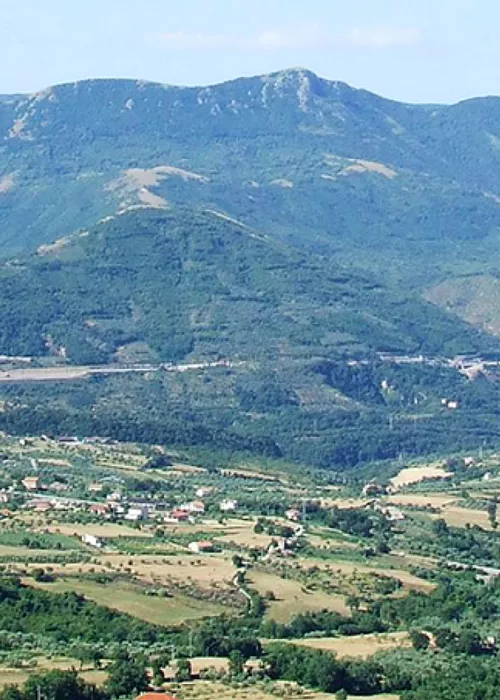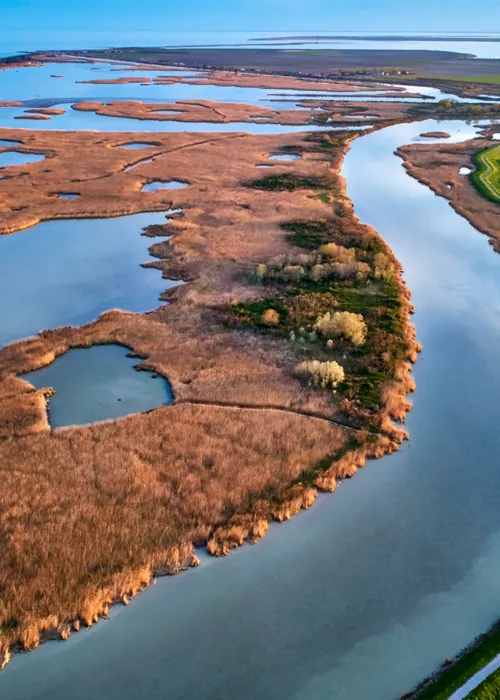Pollino National Park

In the Pollino National Park, there is a clear distinction between two faces: the steep and rugged Calabrian one that slips down to the Tyrrhenian Sea, and the Lucanian side, featuring gentler slopes that descend towards the Ionian. The proximity to the two seas ensures an enormous wealth of flora and numerous endemic species, not to mentioned the varied geology and landscape, ranging from arid Mediterranean environments to dense forests, and from deep canyons carved by the river to uplands that play host to sublime natural spectacles. The blooms of the daffodils, orchids and red lilies are stunning, as are the splendid wild peonies found on Mount Canata. And then there are the centuries-old beech forests – the Cozzo Ferriero forest is on the list of "ancient beech forests" recognised as a UNESCO World Heritage Site – as well as maples and holm oaks. The symbol of the park, however, is the Heldreich's pine, which looks like a smaller version of the baobabs of the savannah. Its bark is reminiscent of the "lorica" armour of the ancient Romans, hence its Italian name of "pino loricato". Its branches, meanwhile, orient themselves with the wind, allowing it to withstand the high speeds and survive at altitude on the peaks of Serra Crispo and Serra delle Ciavole. The list of fauna also includes some rarities: 40 wolves, wild cats, wild boar, and a community of Orsomarso roe deer that is among the very few native Italian populations. The rivers are home to otters and the skies to golden eagles, while along roads and paths it is easy to come across foxes and hedgehogs. Those venturing into the woods and pine forests are likely to run into squirrels, while a very rare resident is the Calabrian forest dormouse, a tiny rodent. All this biodiversity can be explored in different ways. And the Park can be seen from another perspective every time. There are easy prairie walks or more challenging treks such as the one to the Serra delle Ciavole. There are gorges like the abyss of the Bifurto, more than 6000 deep, and ancient caves like the Romito – a prehistoric site discovered in 1961 about 14 km from Papasidero, where finds and skeletons dating back up to 14 thousand years have been found. Of incomparable charm is the Paleolithic graffiti of a now-extinct cattle (the uro), engraved on a boulder of more than two metres in perfect proportions. You can go rafting at the gorge of the River Lao or canyoning and water trekking at the canyon (jacca in Calabrian) dug by the stream of Raganello (near Civita). The stream cuts into two the Pollino mountain creating a gorge of 400 metres, with a dizzying wall that forms one of the most spectacular natural contexts in Italy. For the intrepid, it's the idyllic situation, but it does require a fair amount of experience. In complete safety, you can walk down the river again to waterfalls, pools and natural slides accompanied by guides. The walls of the canyon are characterised by the presence of cenges (banghe, in Calabrian), layers of rock that come out as a result of erosion and that like natural walkways lend themselves to magnificent panoramic excursions (always escorted by expert guides).
Civita

The village of Civita, Orange Flag of the Italian Touring Club (a tourist-environmental quality brand), is counted among the most beautiful of the Pollino National Park, immersed as it is in a wonderful double scenario shaped by nature: on the one hand it enjoys the Mediterranean landscape and on the other the wild canyon. But if, after a massive dose of nature, you feel the need for a bit of culture, inside the village you can visit the Arbëresh Ethnic Museum, and discover the history of the people of Albanian origin (Arbëreshe) who, at the end of the 16th century, were driven out by the arrival of the Arabs and took refuge in these mountains. Even today in certain villages, often recognisable by the name – such as the Lucanian San Paolo Albanese, San Costantino Albanese or the Calabrian Acquaformosa and precisely Civita – the Albanian dialect is spoken and the Orthodox religious tradition is preserved.
Morano Calabro

In the background of the Pollino, among the most beautiful villages in Italy is also Morano Calabro. Also awarded the Orange Flag of the Italian Touring Club, it looks like an unreal cucuzzolo built of only houses, with an internal labyrinth of stairs, alleys and winding streets partly derived from the rock. The houses support each other tightly as if embracing each other, forming a perfectly conical hill. In its territory there have been interesting archaeological finds, and it is the base for many trips. The majestic building of the convent of the 13th century Maddalena is distinguished by the geometric majolica that cover the dome and the interior rich in art with the precious polyptych of Vivarini.



